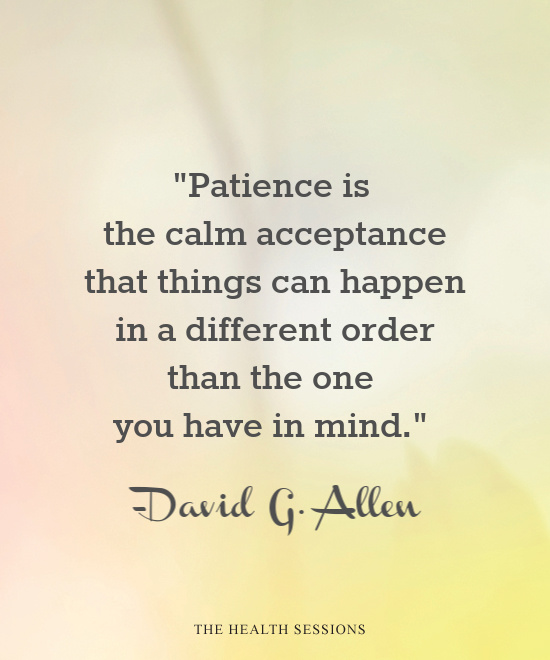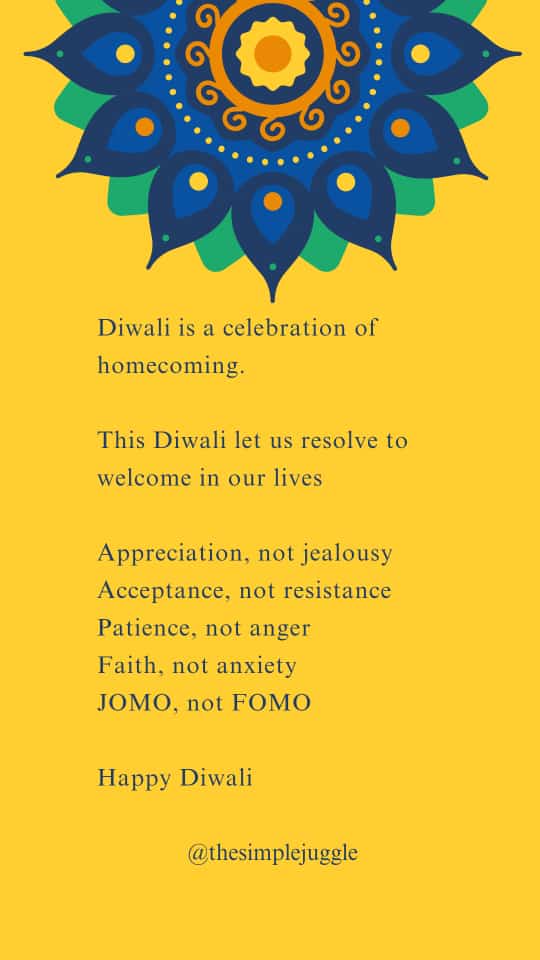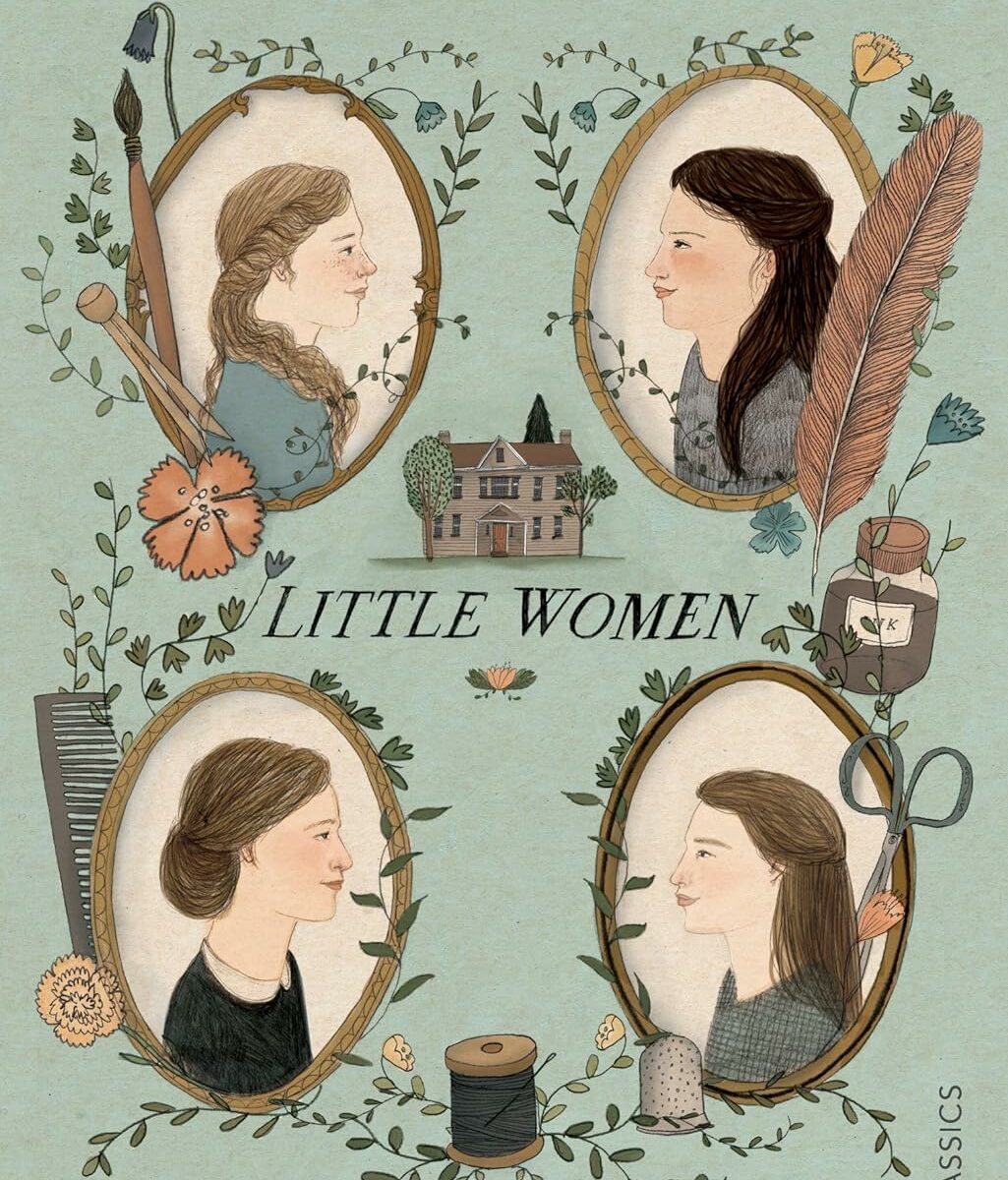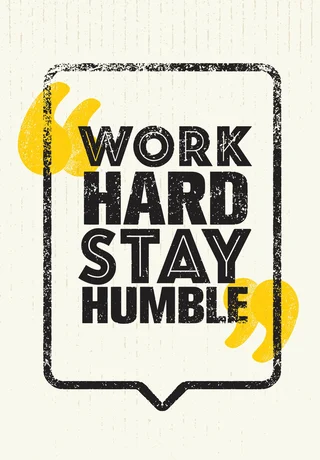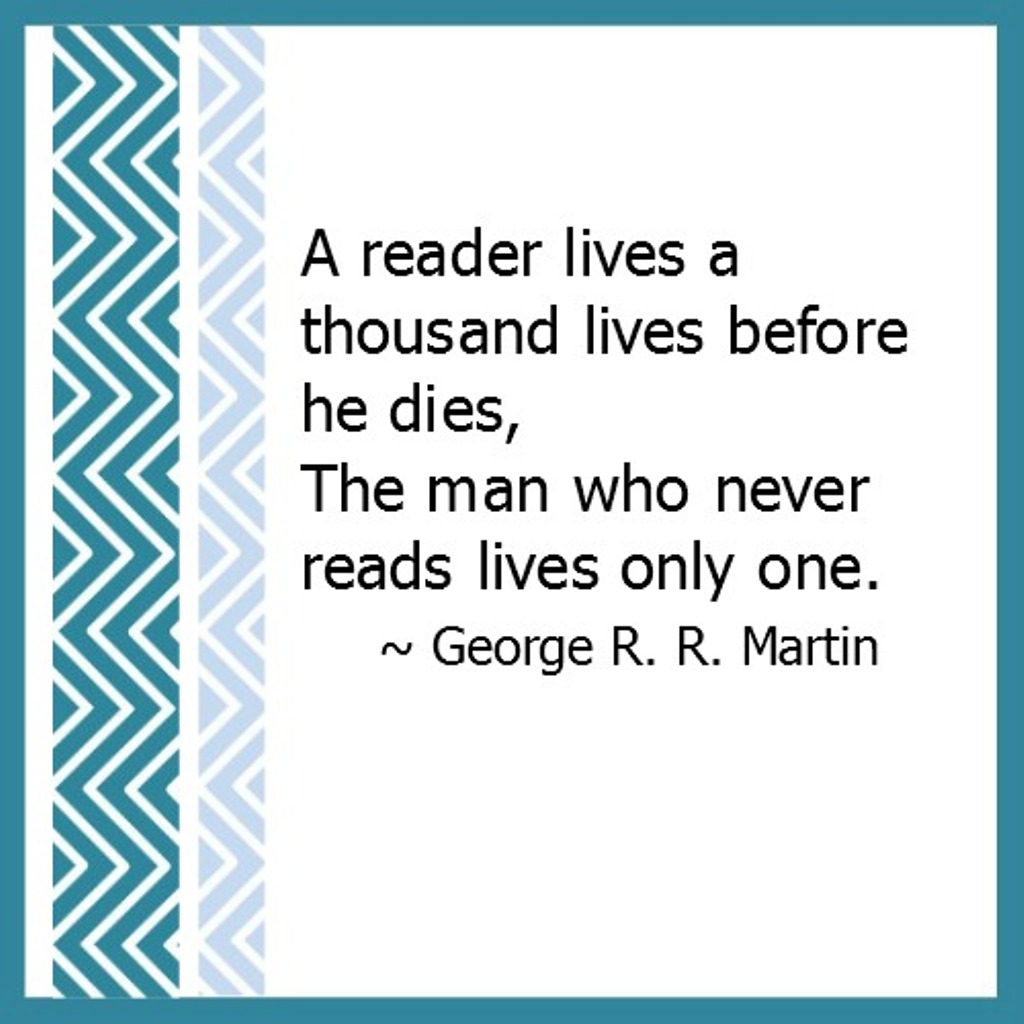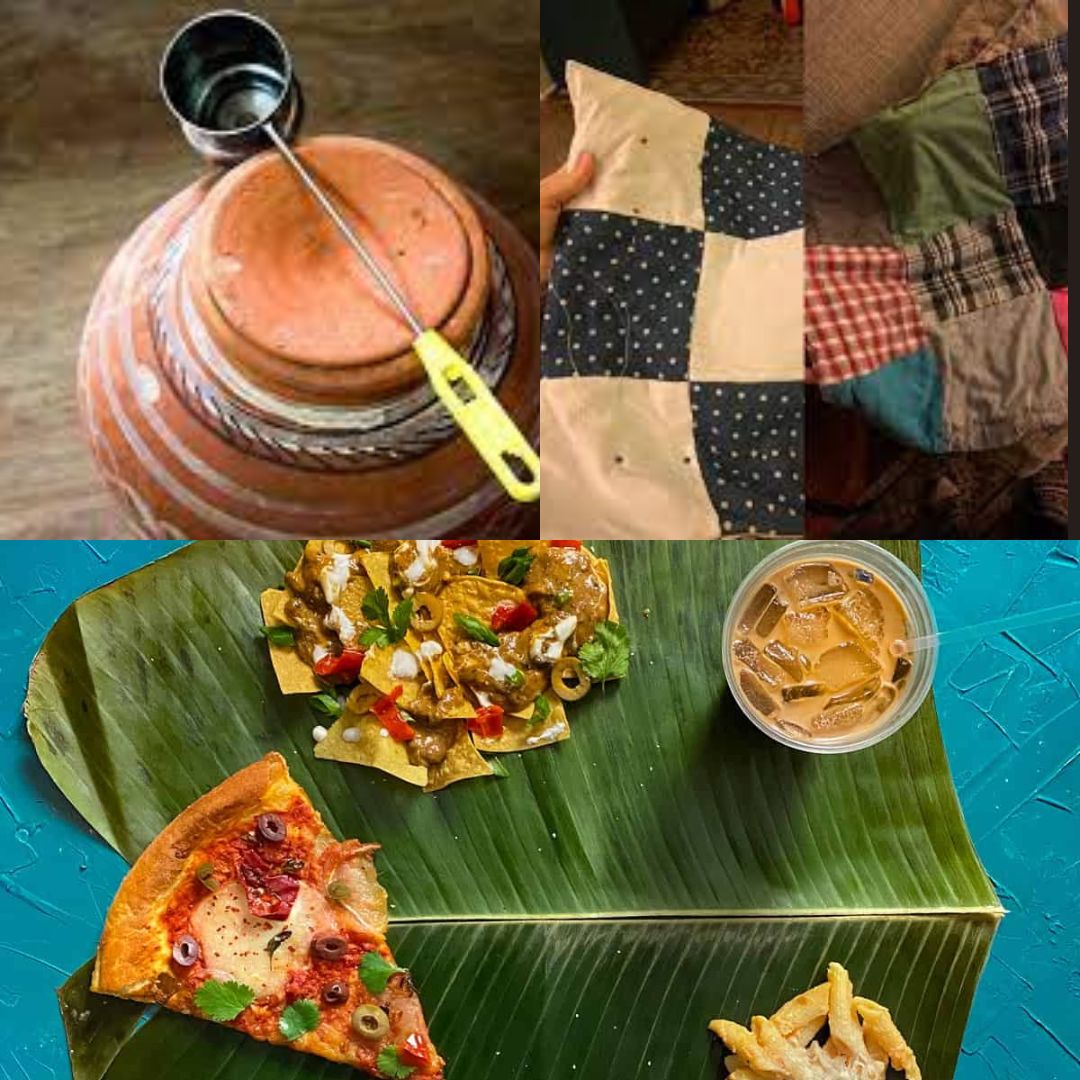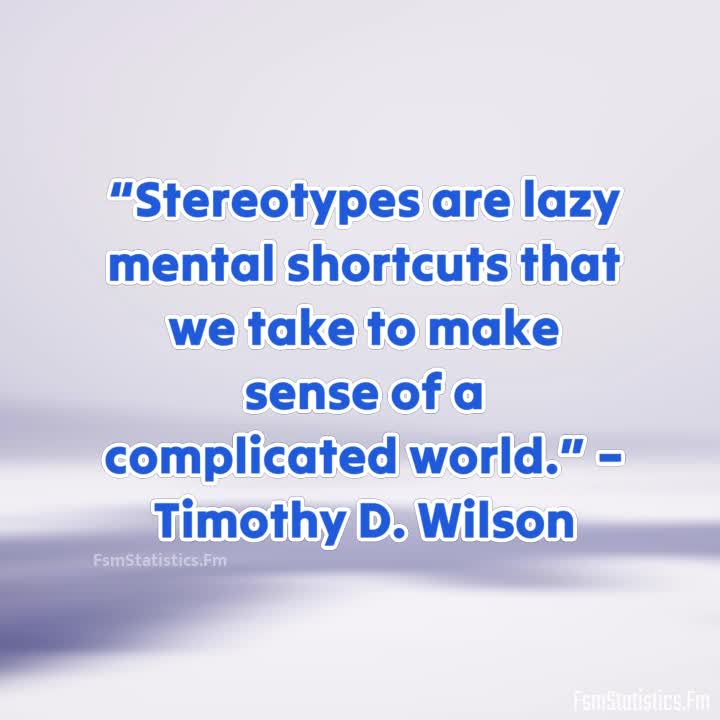What keeps the Universe going?
What keeps the world moving?
What makes you rise each morning?
FAITH.
An old adage says – ‘Faith can move mountains’ and yes, it is so true. There are days when you don’t feel like starting. Everything looks overwhelming. The multiple roles that you play demand time. The many habits that you wish to develop require grit. And on top of all of this is an innate desire to grow as a human being. In such a tight scenario where you move at snail’s pace, absorbed in the mundane, faith can be your strength. Faith lets you see the possibility, that things will change for good.
When does faith work? It works only when you channelize the energy created by faith. How can you do it? By working in the direction of your faith. How can you work for something that is a distant possibility? You can, by practicing the following ways –
Mindfulness
The more you live in the future, the lesser will be your faith in the present moment. Mindfulness is a powerful habit, that keeps you grounded in ‘what is.’ It does not let your faith waver because you know your awareness is completely towards the task in hand.
Resourcefulness
Resourcefulness is about valuing your time. There are many things that you can do if you have an intention. The more you work, the stronger is your faith in your potential. Stretch yourself, every day to give time to things that matter to you. Don’t give up on your own resourcefulness.
Consciousness
Be conscious of your thoughts. Give yourself two positive thoughts for a single negative thought. Whenever your mind feels tired and soul feels weak, sit with yourself and kindly explain your mind – how you do when a loved one feels troubled. Try to read or listen to something that reinforces faith. Trust me it is about holding on for a few moments till you overcome or outgrow.
A short story
Let me share a story about a sculptor, who practiced the above three habits for keeping his faith. It is an adaptation of the original publication from www.winnersstory.com
There lived a father and son in a remote place best known for sculpture shops. Father was a sculptor and had a shop. He made little profits from the shop. In his free time, father used to teach his young son the art of sculpture. While teaching the art, he also taught him about work ethics and the faith one should have in his work.
He told his son, “We are not selling as many sculptures as we wanted. But one day our work will reach the right people. From that day, there will be no looking back.” As time passed, his son learned the complete art of sculpturing. He was helping his father along with his studies. Other Sculptures in the area closed their shops and went for other jobs. They used to advise the father, “Leave this work and look for any other source of income. You will never earn from this.”
One day, a businessman was traveling in his car and saw the sculptures shining like gold in the rays of the sun. He visited the shop and explored the sculptures. Then he told the father, “These sculptures look great. They have high demand in other countries. Can we both do business together?. You make the sculpture, and I sell it.”
Father and son were happy with the offer from the businessman. They agreed to the deal. They started making more Sculptures, and soon their business grew multi-fold.
Moral of the story
When we pursue something in life, the first step is to have complete faith in it. There will be challenges during the process, but if we have faith, we can succeed.

